Which is why the SnowPulse 24 liter HighMark pack is such delight to use. Though I’m not a climber per se, I like simple packs that aren’t cluttered. That’s part of the problem with airbag packs. Of necessity they’re more complicated than a simple rucksack, and those who try to be too simplistic end up allowing the plumbing to become a burden.
The Highmark22 from SnowPulse does a good job of balancing the need for organization with multiple compartments, without getting overly complex. The key is the strategic placement and use of zippers to create a multi-layered, compartmentalized – which sounds admittedly complex – pack that is simple and intuitive to use. They do it by never having too many options at any level, and nesting pockets and sleeves inside of each basic compartment.
Keep making backcountry turns

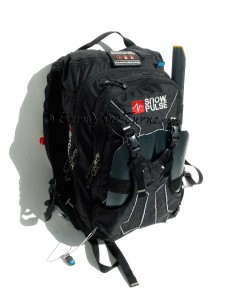
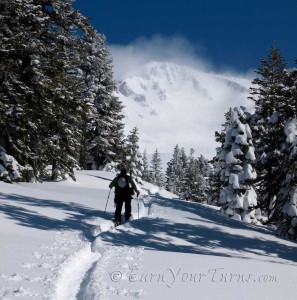
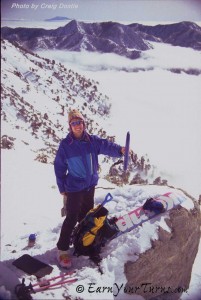

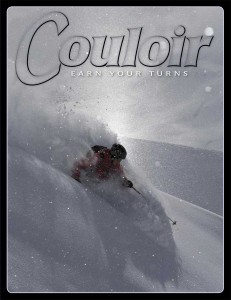
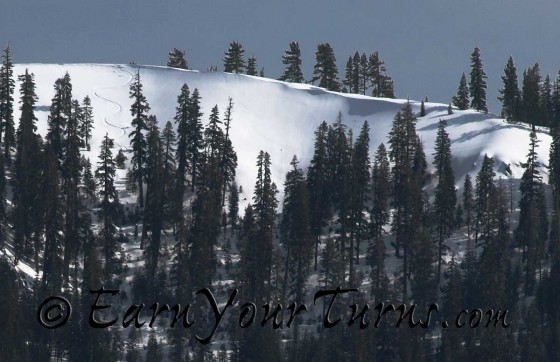
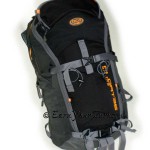
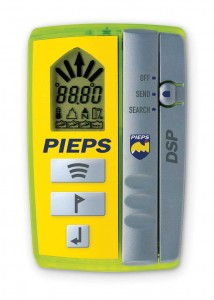
Recent Comments